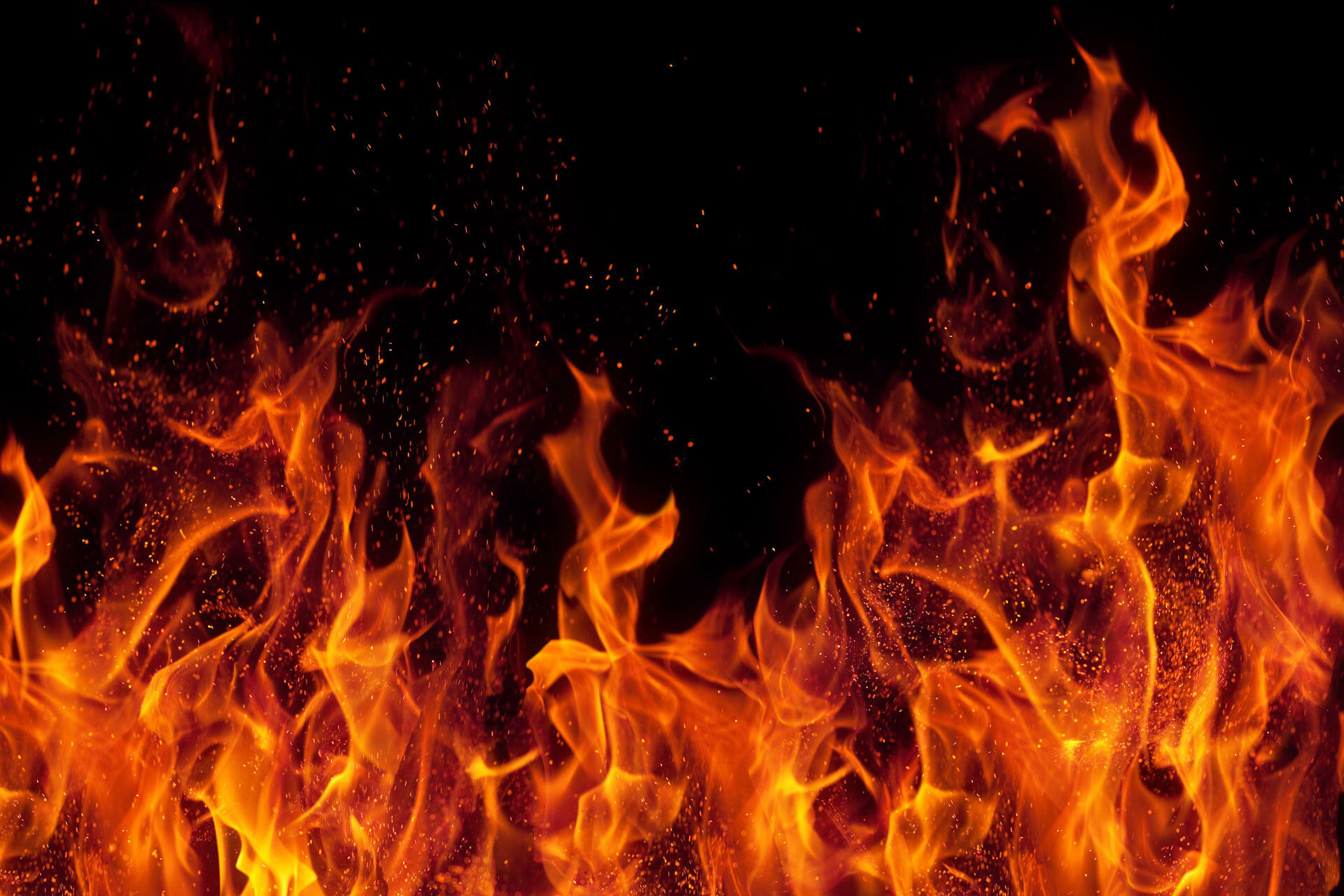General News
8 March, 2023
Planned burns to start
Forest Fire Management Victoria says it will take advantage of favourable weather and forest conditions to undertake planned burns across central Victoria in the coming weeks to reduce the threat of bushfires to the community. FFMVic Deputy Chief...

Forest Fire Management Victoria says it will take advantage of favourable weather and forest conditions to undertake planned burns across central Victoria in the coming weeks to reduce the threat of bushfires to the community.
FFMVic Deputy Chief Fire Officer, Scott Falconer, said: “Planned burning is one of the most effective ways we can reduce the impact bushfires have on people, property and the environment.
"Reducing fine fuels such as grass, leaves, bark and sticks as well as shrubs and fallen branches means fires are less intense and slower to spread, making it more likely that firefighters can keep bushfires small and contained before they pose a risk to communities."
“Recent hot and dry conditions have allowed fuels to dry out, which will mean communities can expect to see firefighters conducting planned burns if the weather and forest conditions are suitable and it is safe to do so.”
High priority burns are planned on public land near Avoca, Bendigo, Castlemaine, Heathcote, Macedon, Maryborough and Taradale.
“People in these communities may see and smell smoke, and some roads and forests may be closed for public safety while these works are being undertaken.”
“We know that smoke from planned burns may concern some people, and we work with communities and stakeholders to reduce smoke impacts as much as possible.”
“However, it’s important that crews take every opportunity to reduce fuel loads while conditions are suitable.”
FFMVic works closely with the Bureau of Meteorology to assess weather conditions – such as humidity, temperature and wind speed – and will only carry out burns when conditions are safe to do so.
The fuel management program is underpinned by scientific evidence and local knowledge, including bushfire history, to make sure works are focused where they can be most effective.
As well as burning, FFMVic crews conduct mechanical works such as mowing, slashing, clearing, and creating and maintaining strategic fuel breaks to reduce bushfire risk.